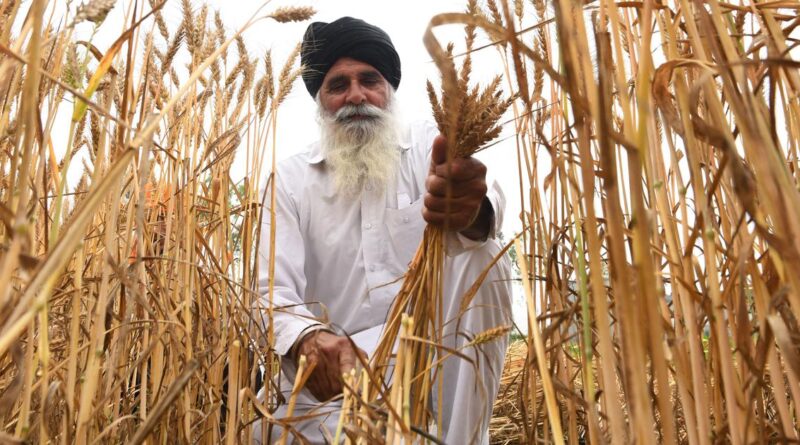IMD forecasts warm Feb; above-normal temperatures may hit wheat crop
After a warm January, the India Meteorological Department (IMD) on Friday predicted that February, too, is likely to be hot with both minimum and maximum temperatures projected at above normal over most parts of the country. The cold wave days over Northwest India are also expected to be ‘below-normal’ in February.
The higher-than-normal temperatures along with below-normal rain over the plains of Northwest India would have a significant adverse impact on standing crops like wheat, the IMD said. “Crops like mustard and chickpea may also experience early maturity,” it warned.
It also said horticultural crops like apple, and other temperate stone fruits might experience premature bud break and early flowering due to warmer temperatures, resulting in poor fruit setting and quality. This may ultimately lead to poor yield.
To ride over the situation, the Met department advised intermittent light irrigation to minimise the adverse impact and sustain the crop growth.
A decline in wheat harvest due to adverse weather may have a serious impact on the government’s fight against inflation. The IMD’s February forecast and its warning of possible impact on crops came on a day when the Economic Survey called for expanding irrigation and investment in research to face the growing challenges of climate change on Indian agriculture.
In the February forecast, the IMD said that below-normal rainfall, including in North India, is likely to be the main cause for the higher-than-normal temperatures this month.
India cumulatively gets around 22.7 mm of rainfall in February. In January 2025, the average rainfall was 72 per cent less than normal, while the average mean temperature was third highest since 1901.
Meanwhile, IMD director general Mrutyunjay Mohapatra said that parts of India that could be untouched by the above normal minimum temperatures could be some regions of Northwest India and South Peninsular. On El Nino, Mohapatra said that weak La Niña conditions are seen at present and are expected to persist till April 2025. It will then transition into neutral conditions thereafter.
This article has been republished from The Business Standard.

